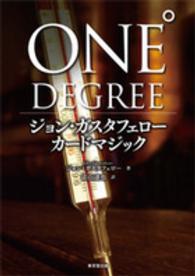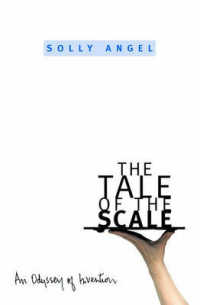Full Description
Provides encyclopedic coverage of female sexuality in 1940s popular culture.
2015 CHOICE Outstanding Academic Title
Popular culture in the 1940s is organized as patriarchal theater. Men gaze upon, evaluate, and coerce women, who are obliged in their turn to put themselves on sexual display. In such a thoroughly patriarchal society, what happens to female sexual desire? Wolf-Women and Phantom Ladies unearths this female desire by conducting a panoramic survey of 1940s culture that analyzes popular novels, daytime radio serials, magazines and magazine fiction, marital textbooks, Hollywood and educational films, jungle comics, and popular music. In addition to popular works, Steven Dillon discusses many lesser-known texts and artists, including Ella Mae Morse, a key figure in the founding of Capitol Records, and Lisa Ben, creator of the first lesbian magazine in the United States.
Contents
Acknowledgments
1. Introduction: Sexual Visibility, or, The Duel in the Sun
2. Diana Trilling, Female Desire, and the Study of Popular Culture
3. The Waiting Room: Female Desire in Women's Wartime Fiction
4. He-Wolves and She-Wolves: From Tex Avery to Jackson Pollock
5. Phantom Ladies: On the Radio and Out of the Closet
6. White Female Desire Wearing the Masks of Color
7. What Young Women Want: From High School to College
8. The Power and the Horror: Male and Female Cultural Spaces
Conclusion. Two Phantom Women: Ruth Herschberger and Elizabeth Hawes
Notes
Selected Bibliography
Index







